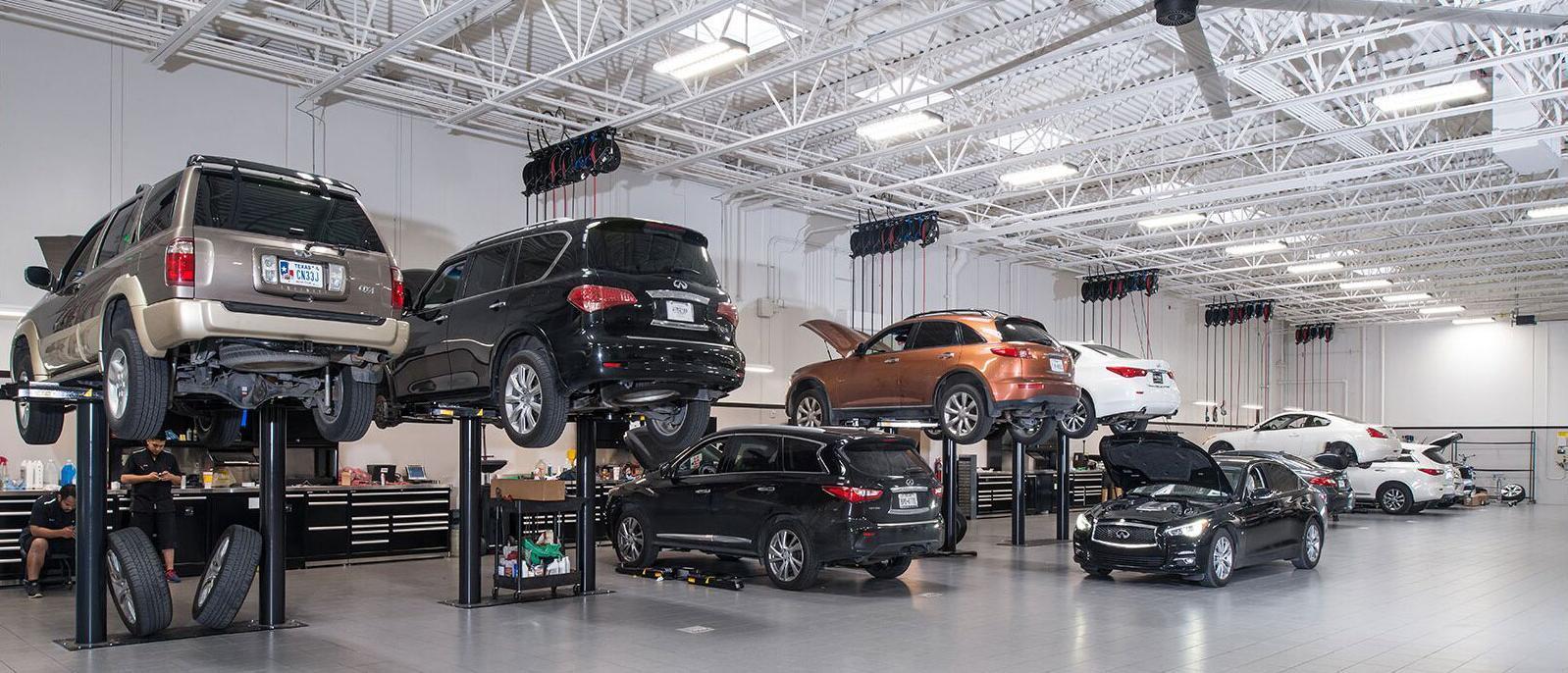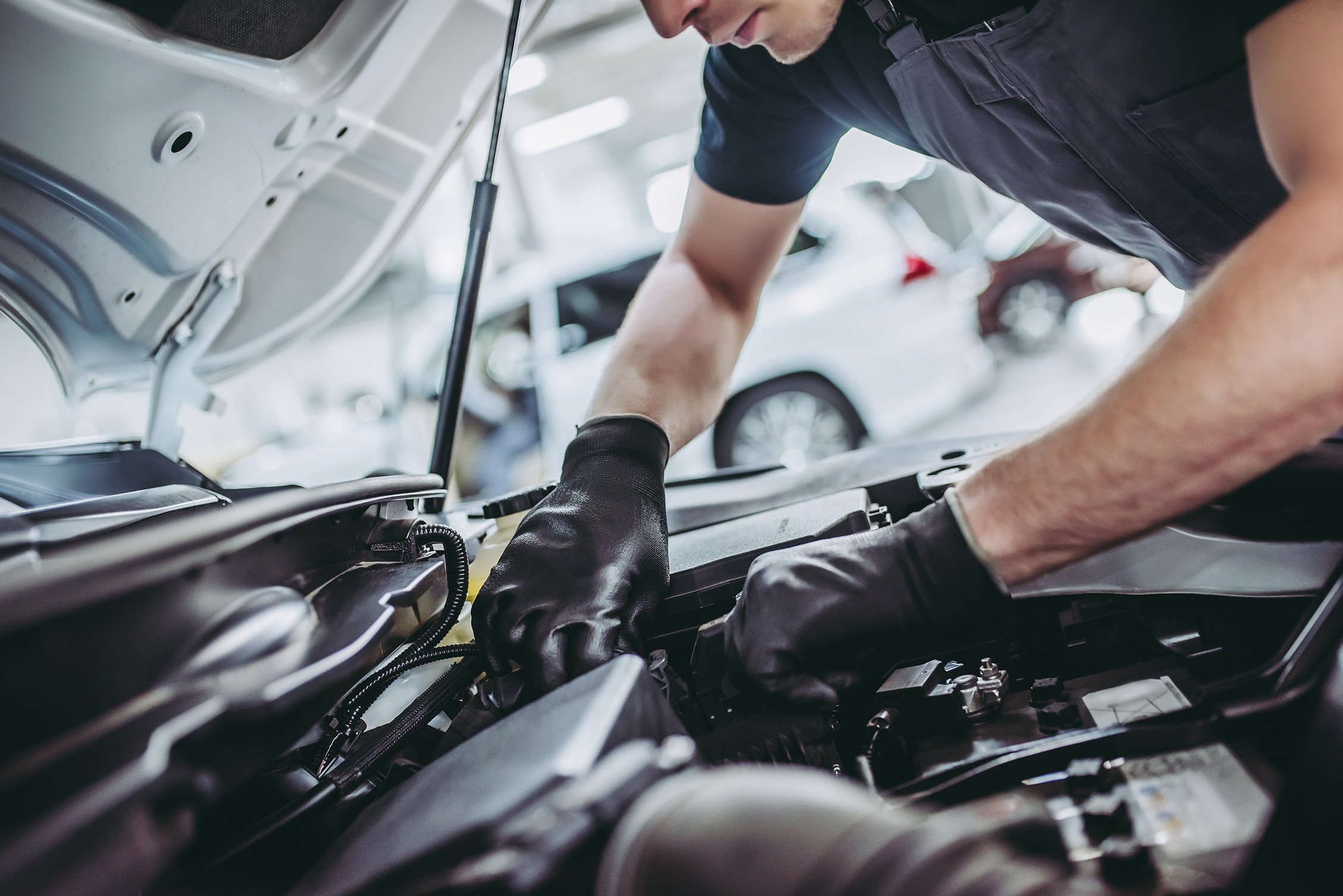All Categories
Featured
When your car needs substitutes or repairs, among the most essential choices you'll require to make is whether to use Original Devices Producer (OEM) components or aftermarket parts. Both options come with their very own benefits and negative aspects, and selecting the right one can significantly impact the efficiency, longevity, and expense of your car repair. Below's an overview to help you make an informed decision between OEM and aftermarket components.
![]()
What Are OEM Parts? When it was constructed, OEM components are made by the exact same manufacturer that generated the initial elements in your automobile. These components are created especially for your make and design, ensuring a perfect fit and matching the specifications of the initial components. If you possess a Ford lorry, an OEM component would certainly be produced by Ford or an authorized Ford distributor.
Since they are developed to satisfy the producer's precise requirements, OEM components are extra most likely to work well and last as lengthy as the original component. Furthermore, using OEM components can help maintain the resale worth of your lorry considering that possible customers often prefer automobiles that have actually been fixed with initial parts.
What Are Aftermarket Components? Aftermarket parts are created by third-party manufacturers and are made to fit a variety of lorries, not simply one certain make or design. These parts are often cheaper than OEM parts since they are created in higher volumes, and the manufacturers don't birth the exact same growth expenses as the initial producers.
While aftermarket parts are designed to be compatible with most lorries, the high quality can differ depending upon the brand and supplier. Some aftermarket components are top notch and give similar efficiency to OEM parts, while others may be made with less costly materials and might not perform as well or last as long.
![]()
Advantages of OEM Components. Surefire Quality and Fit: Considering that OEM parts are made by the car's supplier, they're ensured to fulfill the precise specs of the initial components. This makes sure an exact fit and optimum efficiency. Warranty: OEM components typically feature a maker's guarantee, offering assurance and defense against flaws. Resale Value: Automobiles repaired with OEM parts are typically extra attractive to buyers, which can assist retain or perhaps increase the resale worth of your vehicle. Durability: OEM components are generally developed to last as long as the initial elements, implying you might have less concerns and substitutes in the future. Advantages of Aftermarket Components. Lower Cost: Aftermarket parts are generally much more budget friendly than OEM parts, making them an attractive choice for those looking to save money on fixings. Variety: There is a bigger variety of aftermarket parts readily available, including upgraded or performance-enhancing alternatives that might not be readily available in OEM components. This is particularly eye-catching to cars and truck enthusiasts who intend to customize their car. Schedule: Aftermarket parts are extensively offered and frequently less complicated to locate than OEM parts, which can be especially helpful for older lorries or hard-to-find components. Technology: Lots of aftermarket parts are developed with renovations or included features that boost the automobile's performance or look, such as high-performance brake pads or exhaust systems. Disadvantages of OEM Components. Greater Cost: OEM parts are typically more costly than aftermarket alternatives, which can be a substantial element if you get on a budget plan. Limited Choices: OEM parts may use less options for modification or performance upgrades compared to aftermarket components. Downsides of Aftermarket Components. Inconsistent Top quality: Aftermarket parts can differ widely in terms of top quality. Some suppliers create parts that carry out equally as well as OEM elements, while others might reduce edges to conserve expenses. Fitment Issues: While aftermarket components are developed to fit most automobiles, they might not always be a precise match for your cars and truck, bring about prospective compatibility problems. Service Warranty Limitations: Aftermarket components may not come with service warranties or might use minimal protection, which could lead to extra prices if the component fails prematurely. How to Choose In Between OEM and Aftermarket Components. When deciding in between OEM and aftermarket parts, there are numerous aspects to take into consideration:
Budget plan: If cost is a primary problem, aftermarket parts might be the much better option as a result of their lower price. However, if you can manage it and are worried about long-term reliability, OEM parts may be worth the financial investment. Car Age and Condition: If you possess a newer automobile that's still under service warranty, making use of OEM parts could be the very best selection to preserve the vehicle's integrity and preserve its resale worth. For older lorries, aftermarket components can be a cost-efficient remedy to keep the automobile running. Performance and Modification: If you have an interest in boosting your car's efficiency or look, aftermarket parts use more range and options for upgrades. Manufacturer Suggestions: Some car producers might call for the usage or suggest of OEM components for particular repair services, especially for safety-related elements like air bags or brake systems. Constantly consult your owner's handbook or an expert mechanic for support. Conclusion. Inevitably, the decision in between OEM and aftermarket components depends on your specific needs, preferences, and budget. While OEM parts provide an ensured fit and higher top quality, aftermarket parts can supply cost financial savings and a wider variety of alternatives. By carefully taking into consideration aspects like price, vehicle age, and preferred performance, you can make the very best option for your car repair work, making certain that your automobile remains in good functioning problem without damaging the bank.

What Are OEM Parts? When it was constructed, OEM components are made by the exact same manufacturer that generated the initial elements in your automobile. These components are created especially for your make and design, ensuring a perfect fit and matching the specifications of the initial components. If you possess a Ford lorry, an OEM component would certainly be produced by Ford or an authorized Ford distributor.
Since they are developed to satisfy the producer's precise requirements, OEM components are extra most likely to work well and last as lengthy as the original component. Furthermore, using OEM components can help maintain the resale worth of your lorry considering that possible customers often prefer automobiles that have actually been fixed with initial parts.
What Are Aftermarket Components? Aftermarket parts are created by third-party manufacturers and are made to fit a variety of lorries, not simply one certain make or design. These parts are often cheaper than OEM parts since they are created in higher volumes, and the manufacturers don't birth the exact same growth expenses as the initial producers.
While aftermarket parts are designed to be compatible with most lorries, the high quality can differ depending upon the brand and supplier. Some aftermarket components are top notch and give similar efficiency to OEM parts, while others may be made with less costly materials and might not perform as well or last as long.

Advantages of OEM Components. Surefire Quality and Fit: Considering that OEM parts are made by the car's supplier, they're ensured to fulfill the precise specs of the initial components. This makes sure an exact fit and optimum efficiency. Warranty: OEM components typically feature a maker's guarantee, offering assurance and defense against flaws. Resale Value: Automobiles repaired with OEM parts are typically extra attractive to buyers, which can assist retain or perhaps increase the resale worth of your vehicle. Durability: OEM components are generally developed to last as long as the initial elements, implying you might have less concerns and substitutes in the future. Advantages of Aftermarket Components. Lower Cost: Aftermarket parts are generally much more budget friendly than OEM parts, making them an attractive choice for those looking to save money on fixings. Variety: There is a bigger variety of aftermarket parts readily available, including upgraded or performance-enhancing alternatives that might not be readily available in OEM components. This is particularly eye-catching to cars and truck enthusiasts who intend to customize their car. Schedule: Aftermarket parts are extensively offered and frequently less complicated to locate than OEM parts, which can be especially helpful for older lorries or hard-to-find components. Technology: Lots of aftermarket parts are developed with renovations or included features that boost the automobile's performance or look, such as high-performance brake pads or exhaust systems. Disadvantages of OEM Components. Greater Cost: OEM parts are typically more costly than aftermarket alternatives, which can be a substantial element if you get on a budget plan. Limited Choices: OEM parts may use less options for modification or performance upgrades compared to aftermarket components. Downsides of Aftermarket Components. Inconsistent Top quality: Aftermarket parts can differ widely in terms of top quality. Some suppliers create parts that carry out equally as well as OEM elements, while others might reduce edges to conserve expenses. Fitment Issues: While aftermarket components are developed to fit most automobiles, they might not always be a precise match for your cars and truck, bring about prospective compatibility problems. Service Warranty Limitations: Aftermarket components may not come with service warranties or might use minimal protection, which could lead to extra prices if the component fails prematurely. How to Choose In Between OEM and Aftermarket Components. When deciding in between OEM and aftermarket parts, there are numerous aspects to take into consideration:
Budget plan: If cost is a primary problem, aftermarket parts might be the much better option as a result of their lower price. However, if you can manage it and are worried about long-term reliability, OEM parts may be worth the financial investment. Car Age and Condition: If you possess a newer automobile that's still under service warranty, making use of OEM parts could be the very best selection to preserve the vehicle's integrity and preserve its resale worth. For older lorries, aftermarket components can be a cost-efficient remedy to keep the automobile running. Performance and Modification: If you have an interest in boosting your car's efficiency or look, aftermarket parts use more range and options for upgrades. Manufacturer Suggestions: Some car producers might call for the usage or suggest of OEM components for particular repair services, especially for safety-related elements like air bags or brake systems. Constantly consult your owner's handbook or an expert mechanic for support. Conclusion. Inevitably, the decision in between OEM and aftermarket components depends on your specific needs, preferences, and budget. While OEM parts provide an ensured fit and higher top quality, aftermarket parts can supply cost financial savings and a wider variety of alternatives. By carefully taking into consideration aspects like price, vehicle age, and preferred performance, you can make the very best option for your car repair work, making certain that your automobile remains in good functioning problem without damaging the bank.
Latest Posts
Explore Limited-Time Auto Repair Deals in Chicago at Montclare Auto Repair
Published May 24, 25
1 min read
Recognizing When Your Car Needs Expert Auto Repair at Montclare Auto Repair
Published May 24, 25
1 min read
Specialist Industrial Roofing Solutions in North Platte, Nebraska
Published May 23, 25
2 min read
More
Latest Posts
Explore Limited-Time Auto Repair Deals in Chicago at Montclare Auto Repair
Published May 24, 25
1 min read
Recognizing When Your Car Needs Expert Auto Repair at Montclare Auto Repair
Published May 24, 25
1 min read
Specialist Industrial Roofing Solutions in North Platte, Nebraska
Published May 23, 25
2 min read